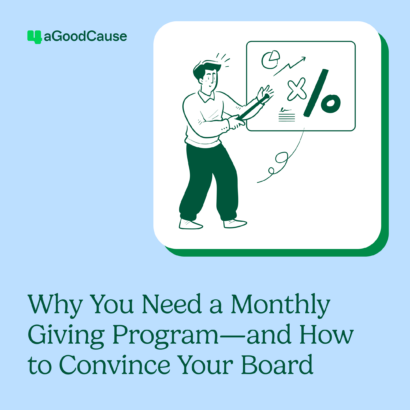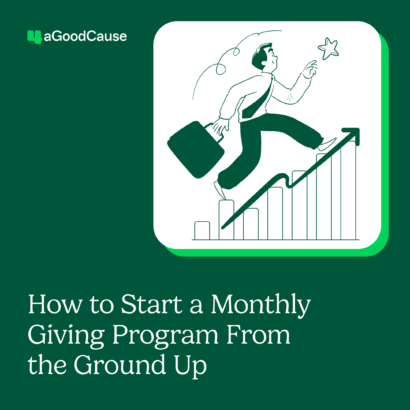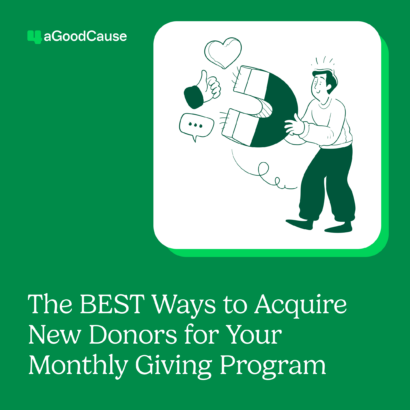Did you know that only 22% of potential donors will complete a donation form after they’ve landed on it online? What if we could dig deeper into our donors’ mindsets to understand what is (or is not) motivating them to give?
There are a few things that can be helpful to understand related to your donors and how they react to events around them, your organization, or even time of year.
Understand perceptions
View your donation page from the eyes of your donors – is the page secure? Is it abundantly clear what the organization is about and who it supports? Have you explained how donations are used? Are you trustworthy?
Donors will make assumptions based on what they see on your donation page and website. Combat any misconceptions or negative perceptions about your organization by working hard to create a donation page that makes the user comfortable, is easy-to-use, has minimal distractions and is trustworthy.
Understand timing
Overall, donors are more eager to give at year-end. In fact, one-third of giving occurs in the month of December and 12% of gifts occur in the final 3 days of the year!
Now, that doesn’t mean that you wait until the end of the year to start soliciting donors; you should engage with them year-round, build trust and always keep them top-of-mind. But it’s also important to know that there may be a reason why you experience spikes in giving during certain times of the year.
Understand impulse
Impulse giving elicits quick, positive emotional feedback and can be a significant portion of where charitable donations come from. The American Red Cross, for example, raised over $1M in less than 24 hours in response to the 2010 Haiti earthquake through its SMS campaign. A play on emotions and impulse. It’s also typical that nonprofits with the budgets to be able to pay for “quick-win” marketing during an emotional event or impulse-related situation benefit most from these types of scenarios.
It doesn’t necessarily mean it’s negative, but for small to mid-sized nonprofits, impulse giving is also not something to bank on sustaining your organization. Instead, focus on building a relationship that is long-lasting with your donors. You want to tell your story and build that trust with them along the way so that if you do have a high-priority giving opportunity, they’re likely to give because they know and trust you – not based on quick impulse that won’t always sustain the test of time.
How to set your donors’ minds at ease
Donors give to those they trust. They also give to those who have similar values, who show that they are also there to support them and to those who make them feel valued. To ease a donor’s fear of giving, consider:
Give them options
Some donors want to be anonymous – the fear is that others will see their charitable giving and take advantage of them in other ways. Provide options for recognition to those who want to be “seen” and to those that do not.
Show that you are secure
This can be as simple as establishing secure landing pages or providing updates on privacy policies and where your donors’ information is stored or distributed.
Demonstrate use of funds
Educate donors on where and how their money will be used. Provide options for restricted gifts for those donors who may not be comfortable giving to a general operating fund but who, instead, prefer to donate to a specific program or entity of the organization.
Diversify
A donor may have trepidation to make a monetary donation based on their financial situation, the current state of the economy or other external factors that don’t have to do with your organization at all. In these instances, it’s great to showcase donating monthly or giving donors additional ways to get involved – to let your donors know that while you appreciate monetary gifts, you also appreciate your volunteers, board members and others in the community who give their time and talents to the organization. These options are a great way to continue building trusted relationships with donors who are more likely to give monetarily when the time is right for them.
Fundraising is more than dollars in, dollars out. It’s about building relationships. It’s about trust. It’s about providing the right tools, technology and donation options for the best donor experience possible. Think holistically about the psychology behind giving and what that means for the donors of your organization. Continue to build relationships and provide fundraising and involvement options that make sense for your donor base. This will create positive experiences for both your team and your donors.



